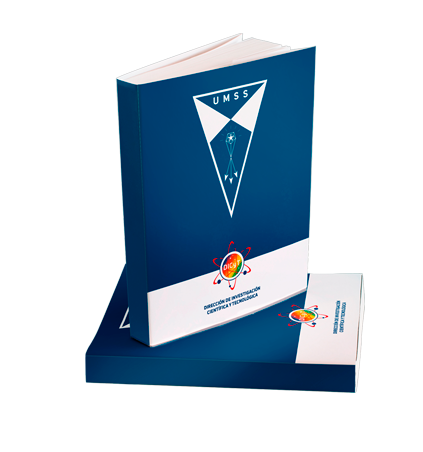
| |
Título del Articulo: Influence of Mining Activities in the North of Potosi, Bolivia on the Water Quality of the Chayanta River, and its Consequences Autores: Jenny C. Rojas; Carlo Vandecasteele Fecha de Publicación: 15 July 2006
Abstract:
Mining activity in the North of Potosi(Siglo XX mine, Ingenio Catavi–Siglo XX, Pucromine and Colquechaca mine) produces minewatercontaining high concentrations of heavy metals suchas As (0.02–34 mg/l), Cd (45–11,600 μg/l), Cu (0.35–32 mg/l), Fe (42–1,010 mg/l), Pb(33–3,130 μg/l), Ni(20–4,320 μg/l), and Zn (1.1–485 mg/l), that exceedconsiderably the limit values. The rivers in the Northof Potosi (Katiri and Pongoma) that do not receiveminewater contain clear water with rather low heavymetal concentrations. These rivers and also otherrivers contaminated with minewater, are tributaries ofthe Chayanta River that transports water with a highconcentration of heavy metals such as As (6–24 μg/l),Cd (260–2,620 μg/l), Cu (205–812 μg/l), Pb(10–21 μg/l) and Ni(110–332 μg/l). These elements resultfrom mining activity, as indicated by a comparisonwith rivers not contaminated by minewater dis�charges. Water of the Chayanta River, used all yearlong by the population of Quila Quila, (a villagesituated at about 75 km from the mining centers), forthe irrigation of crops such as potato, maize and broadbean, contains heavy metal concentrations exceedingfor several elements the guidelines for irrigation. Asdrinking water the population of Quila Quila con�sumes spring water with a generally acceptable heavymetal concentration, as well as infiltrated water ofChayanta River (which is also used in animaldrinking troughs) with a high concentration of Cd(23–63 μg/l), exceeding the limit value for drinkingwater. The metal concentration is significantly lowerin the infiltrated water than in the water of ChayantaRiver. Some technological solutions are suggested toimprove the quality of the water used. Surveys carriedout on inhabitants of the region, showed that manypeople present health problems, probably to beattributed to the bad quality of the water theyconsume and use for irrigation.
|